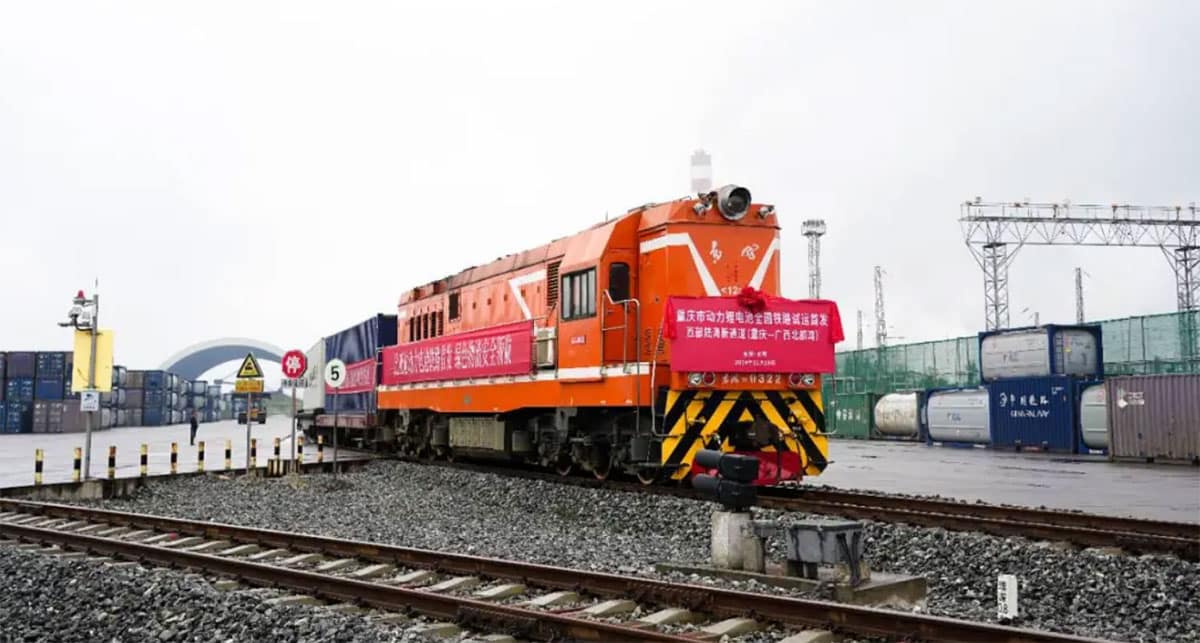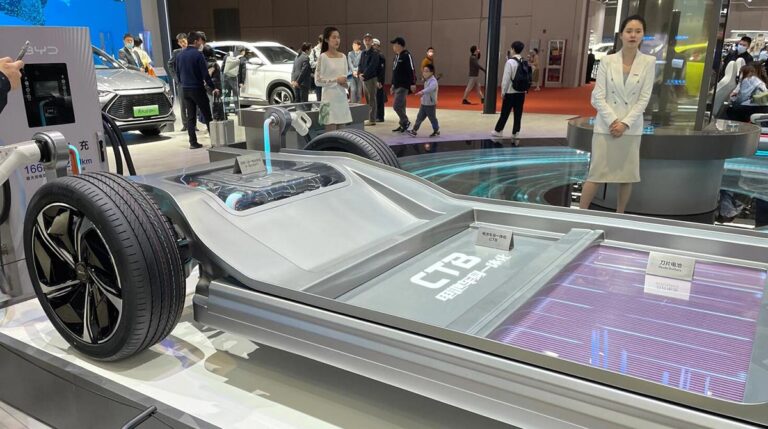Currently 90 percent of China's power batteries are transported by road, and rail transportation is expected to reduce costs and improve efficiency.
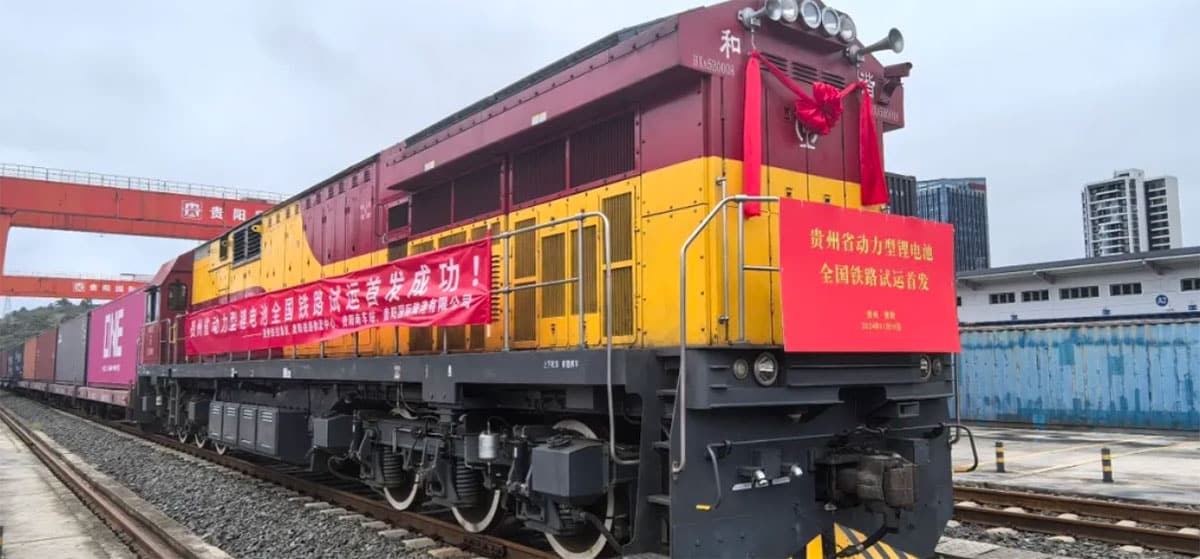
China has launched a pilot program to transport power batteries by rail, with CATL and BYD (HKG: 1211, OTCMKTS: BYDDY), two of the world's largest power battery makers, among the first participants in an effort to find lower-cost, more efficient ways to transport batteries.
China's pilot program to transport power batteries by rail was officially launched today, with three routes starting trial operations, including two for CATL and one for BYD.
CATL's routes in the pilot are Guiyang, Guizhou, to Shanghai and Yibin, Sichuan, to Shanghai, and BYD's is from Chongqing to Beibu Gulf, Guangxi, according to their respective announcements.
The two companies are the world's largest power battery makers, with CATL's share in the January-September period at 36.7 percent and BYD's at 16.4 percent, according to data released on November 6 by South Korean market researcher SNE Research.
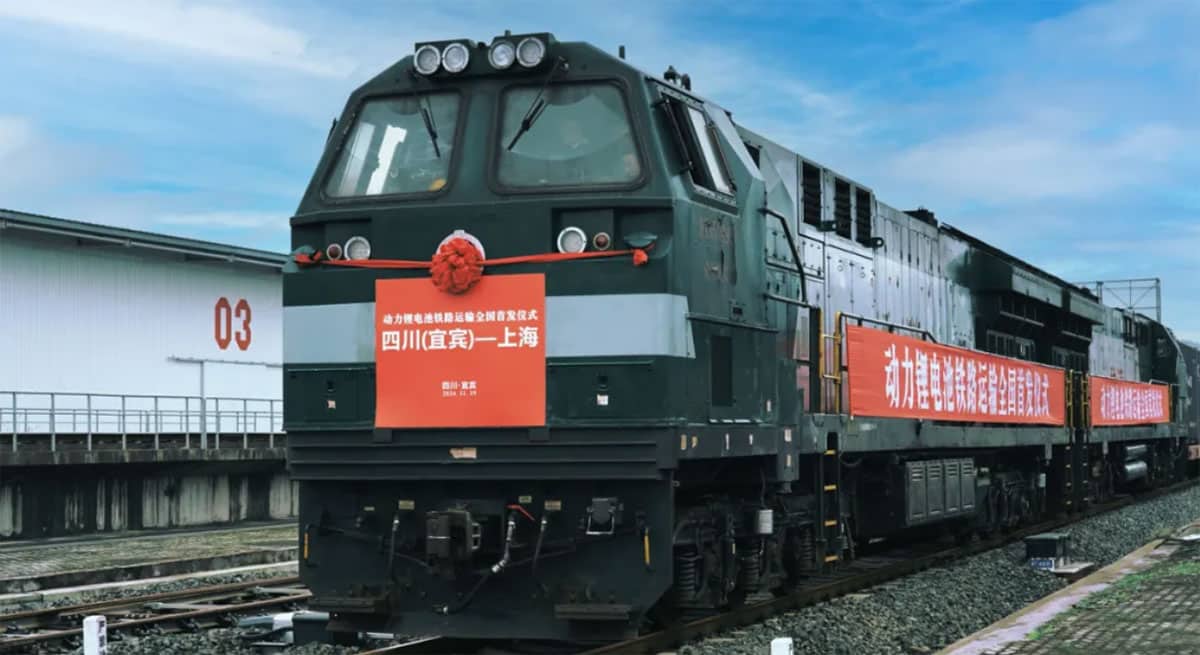
Rail transportation of power batteries has the advantages of high capacity, moderate cost and low impact by weather, CATL said.
This helps promote the shift of bulk and medium- and long-distance cargo transportation from road to rail, and is also conducive to reducing transportation emissions, lowering transportation costs and improving transportation efficiency, the company said.
In the future, China's power battery transportation can be connected with the China-Europe Railway Express, which is conducive to improving the global competitiveness of China's lithium battery industry, CATL said.

FinDreams Battery, BYD's battery division, said the pilot will accumulate experience in transporting lithium batteries by rail.
Previously lithium batteries were mainly transported by vehicles via road, taking into account factors including safety.
An industry report in September showed that in 2023, China transported about 9.4 million tons of power batteries by road, accounting for more than 90 percent of the total.
However, road transportation has a small carrying weight, and is unsuitable for long-distance transportation. Additionally, the costs are much more than waterway and railroad transportation.
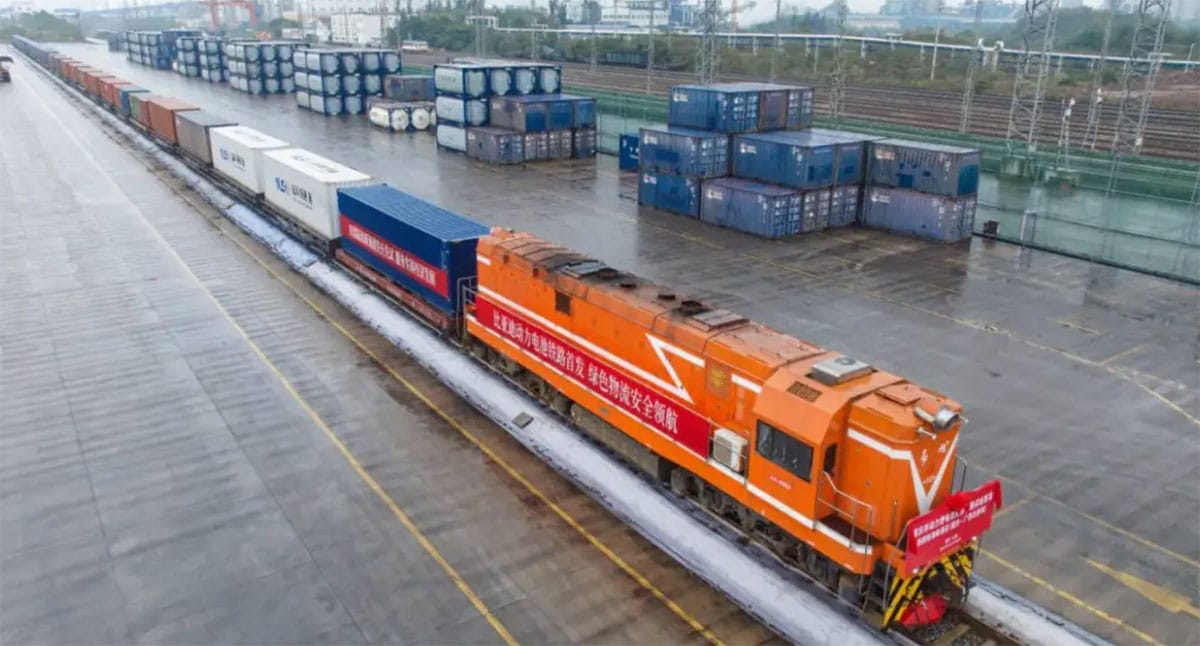
As a comparison, in lithium battery transportation in Europe and North America, rail transportation accounts for 20 percent, while road transportation accounts for 70 percent, according to data previously shared by CATL.
On September 2, an official from China's Ministry of Transportation said at a power battery industry conference that China will launch a pilot project for rail transportation of power batteries.
CATL and BYD have previously been making preparations to transport power batteries by rail.
CATL completed a number of tests including “thermal runaway” and “rail impact” for lithium battery rail containers on June 5 and June 15 this year, the company said today.
FinDreams said it has begun preparations for a special project team in 2021 focused on addressing the challenges of rail transportation of lithium-ion power batteries.
